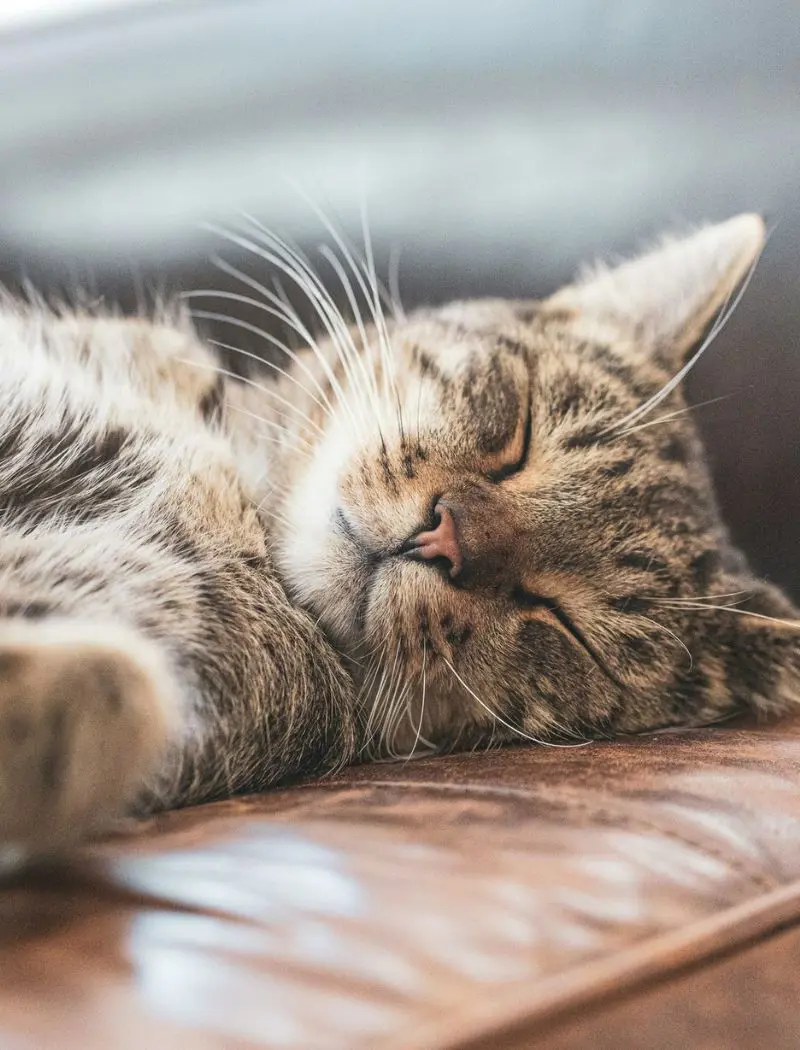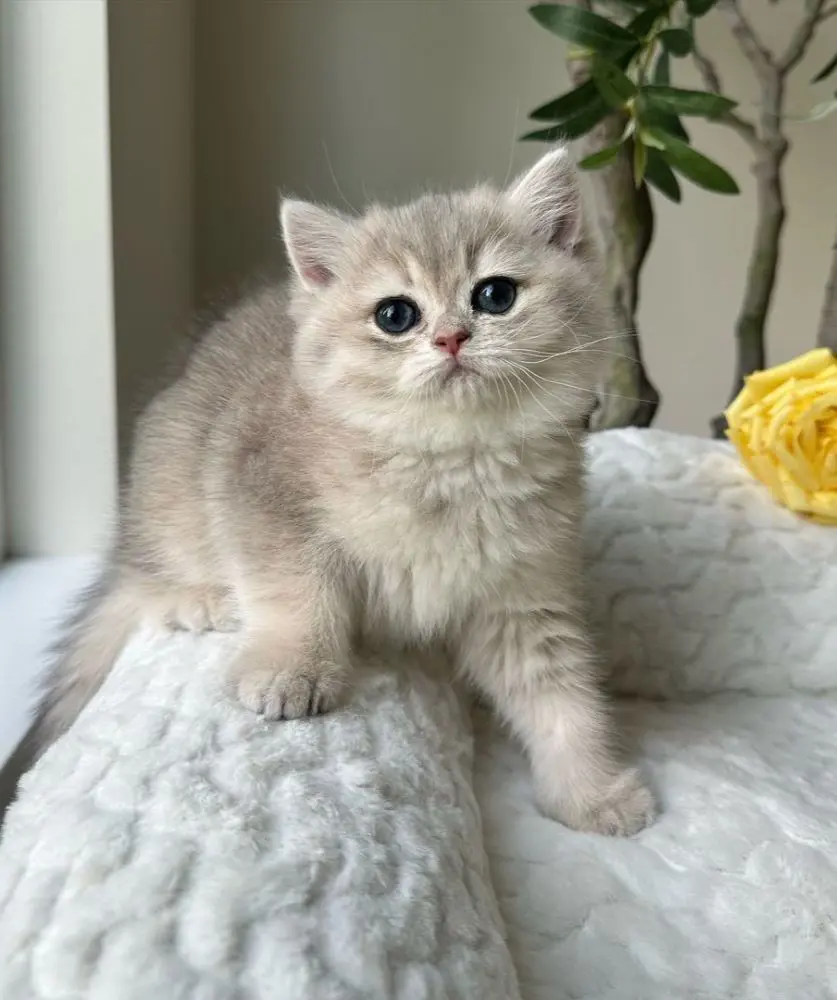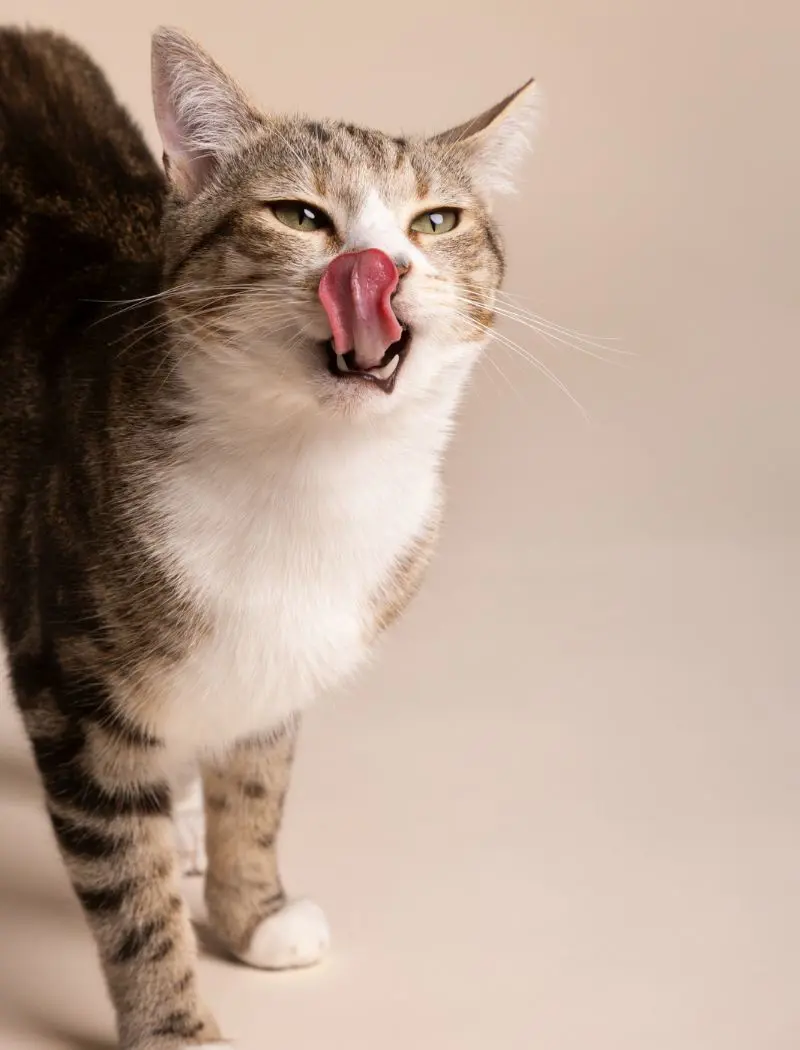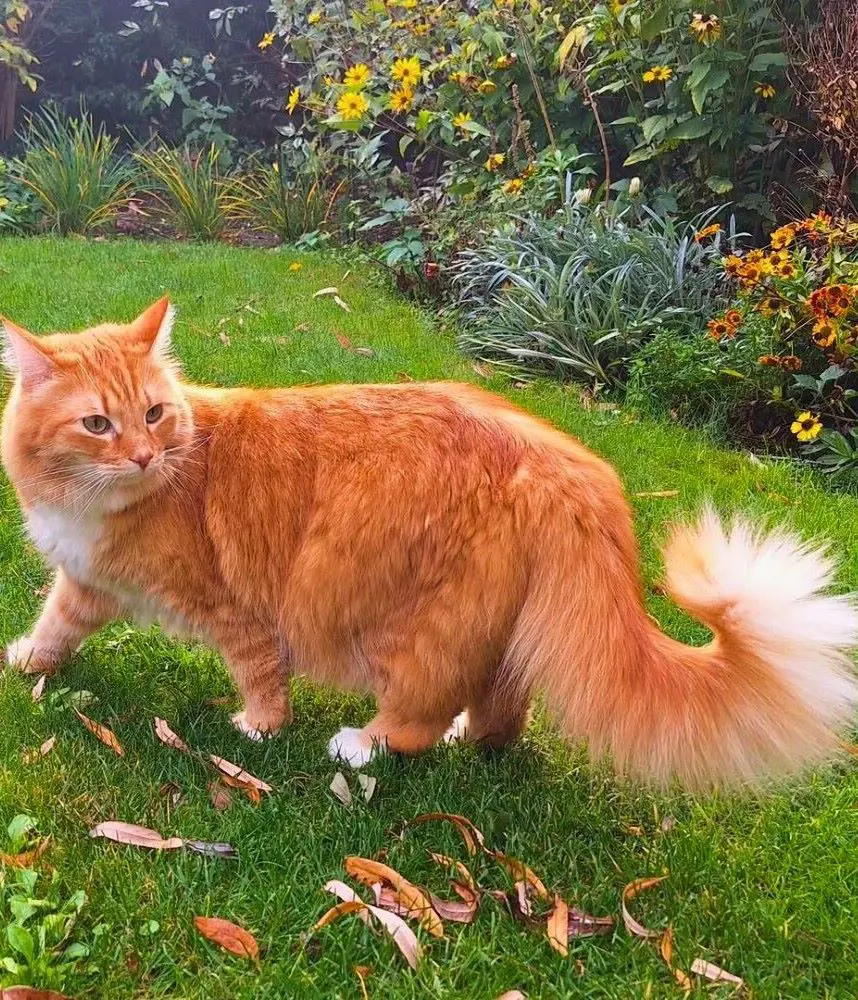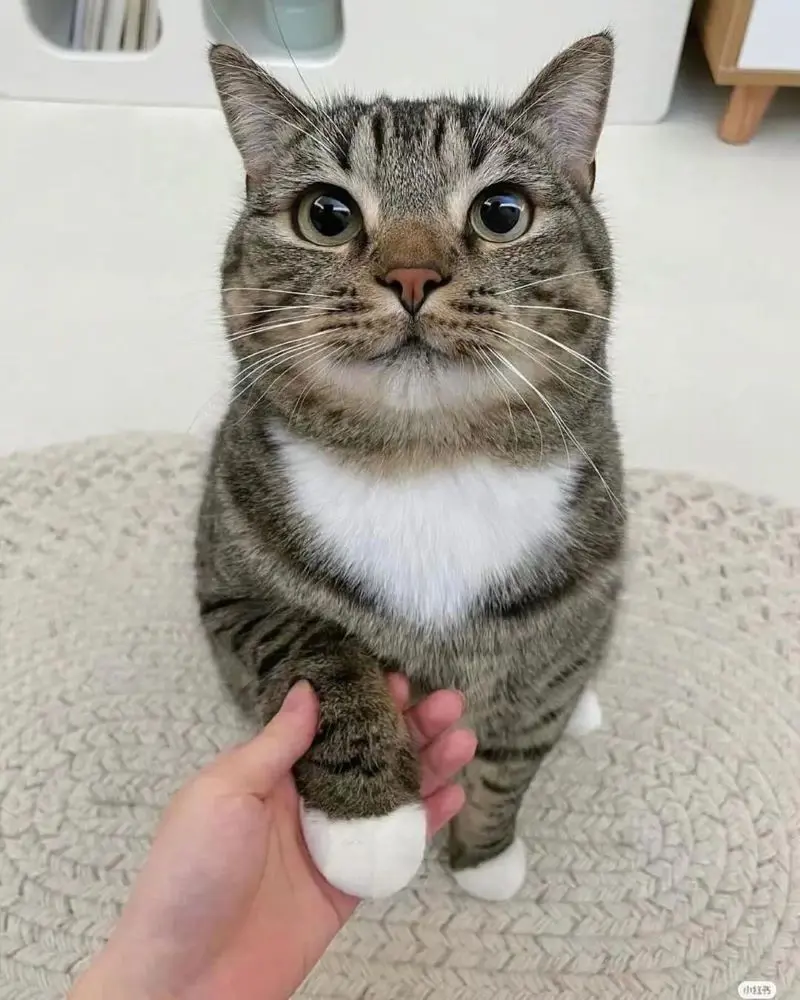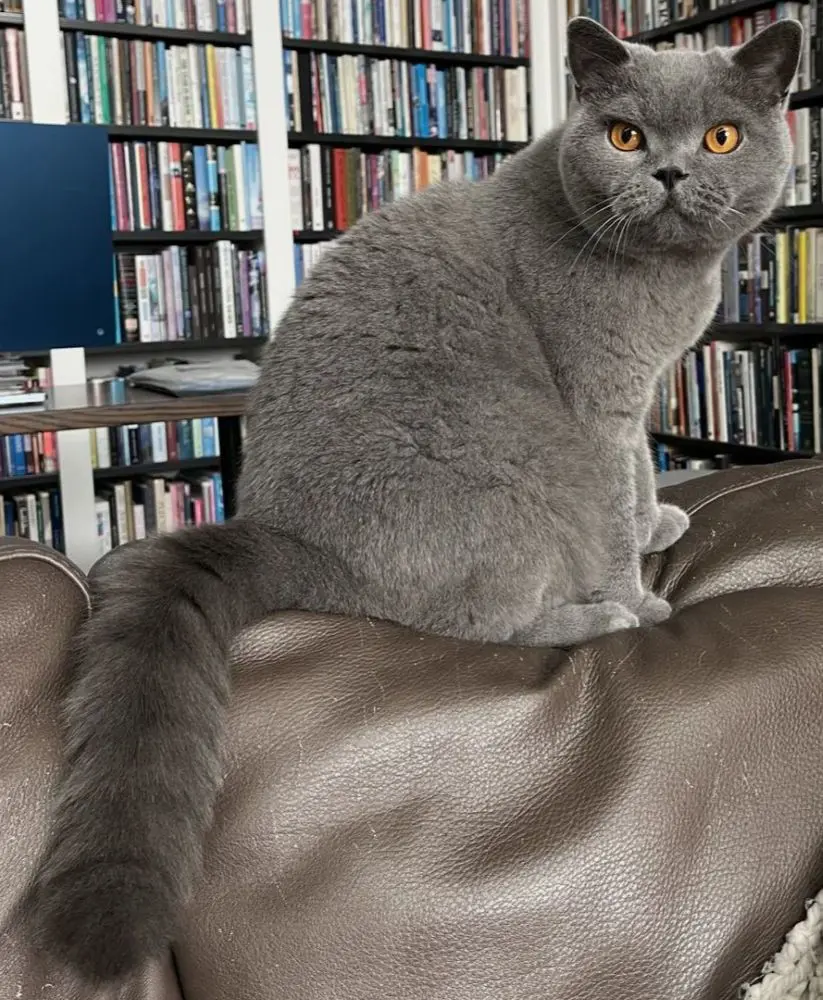Cat Toe Beans: 10 Surprising Facts About Feline's Feet
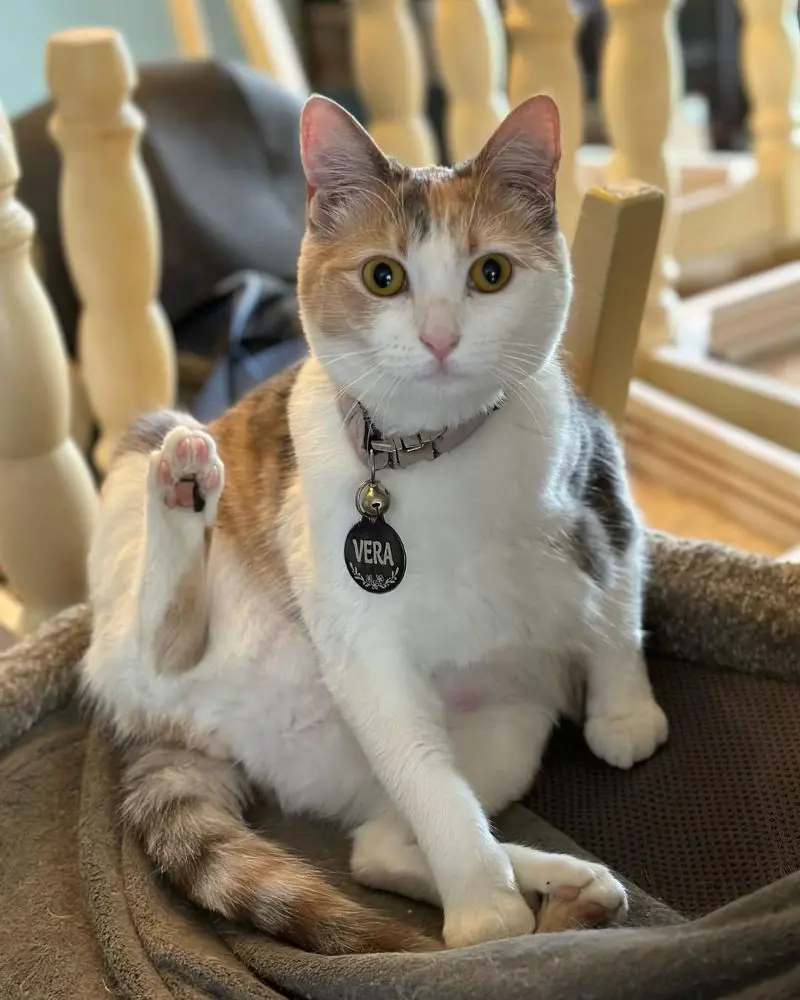
Also referred to as digital pads, cat toe beans are by far one of the most adorable features in a domestic feline. While these soft beans look vulnerable, the pads are extremely handy in movements across rough terrains or other activities like climbing.
Besides adding a shine to a cat's beauty, toe beans are functional parts that cats depend on in their daily lives. In fact, some cat owners believe these cat beans to be as important as their whiskers.
These are 10 little-known facts about cat toe beans and their role in a cat's survival.
1. Presence of Sweat Glands
During summer or on hotter days, cats should be able to shed off excess body heat to keep their body temperature in control. Unlike humans who sweat through their skin, a cat's fur is an insulation layer that can trap heat.
To cool off, felines can either release heat by panting or through their toe beans. Also called paw pads, a cat's feet contain sweat glands that help the pet release excessive heat stored in its body.
At the same time, cats also used their toe beans to mark the territory. When kittens walk around a certain area; they release scents to mark their territory and alert any potential invader.
2. Shock Absorption
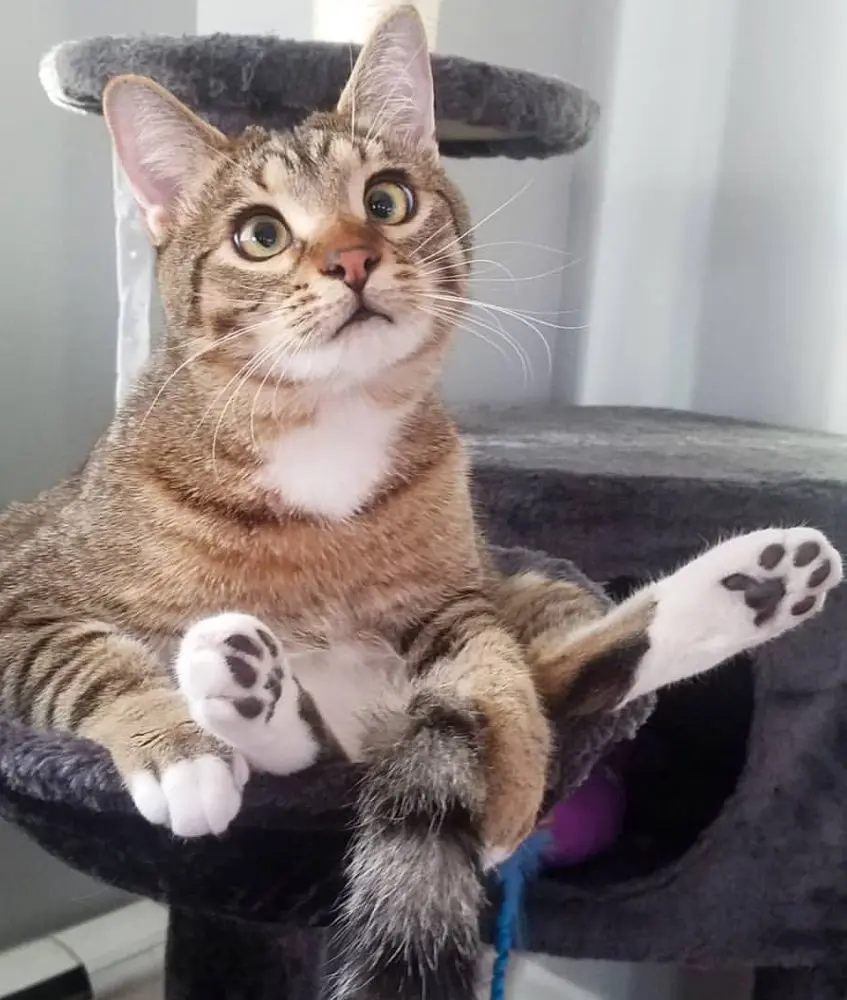
You must be aware of the fact that cats can jump from incredible heights without suffering any significant injuries. And, that's when their toe beans come in handy.
With the aid of their unique skeletal system and toe beans, cats can survive falls unhurt. The toe beans basically act as a brake to control their fall, whereas the paw pads stop any damage that may occur in the bones.
3. Connection to Coat Color
In cats, toe beans and coat colors are directly connected. A feline's coat color is determined by the presence of melanin in the cat's skin; the toe beans also get their colors from the pigments.
For example, a white cat that has no melanin is likely to have pink toe beans. Similarly, orange cats have orange toe beans, black cats possess black toe beans, and so on. However, in some purebred breeds, the toe bean colors are not dependent on the cat's coat but on its nose.
4. Button For Protruding Claws
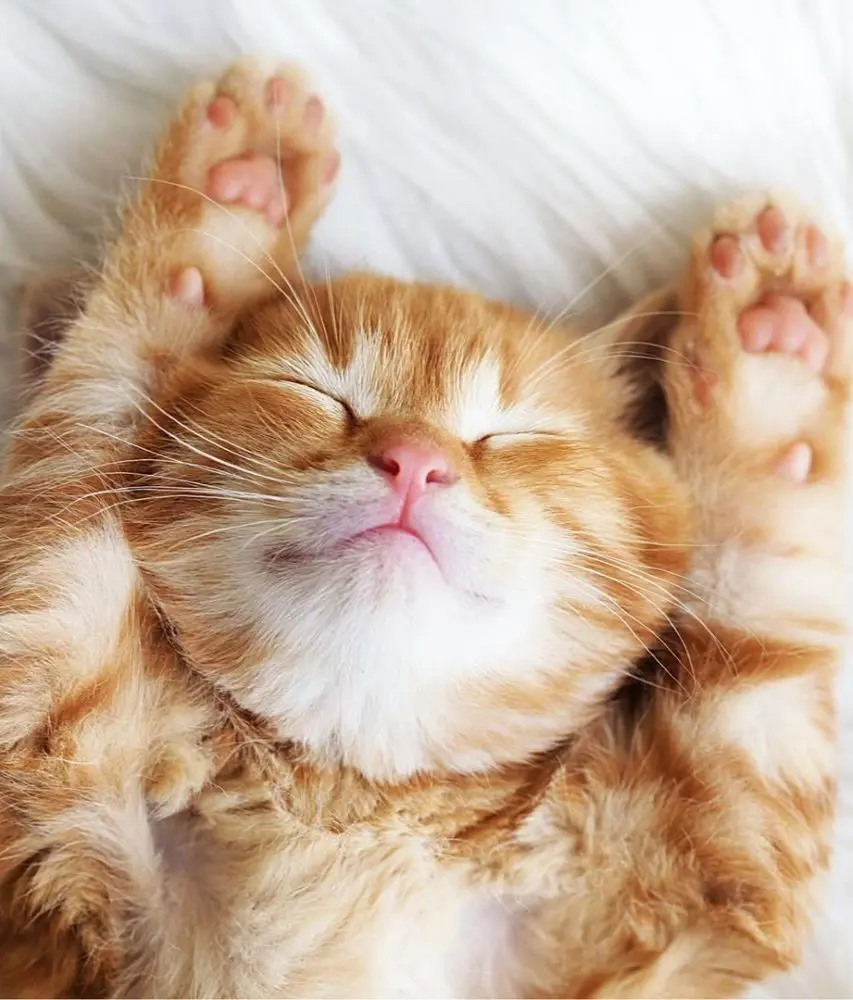
Have you ever noticed the iconic way Wolverine brings out his claws when getting to fight? You can achieve similar results with your cat's claws by simply pressing on their toe beans.
Acting as buttons, a cat's beans can protrude its claws when touched and retract them after the physical contact is over. This technique is most useful when trimming a cat's nails.
Trimming sessions are usually challenging for pet owners. However, with this simple technique, you can expect compliance from your cat and a comfortable grooming session.
5. Sensitive Nerve Endings
Toe beans contain sensory nerves that allow a cat to interact with its environment; the most prominent nerves are sensory receptors responsible for detecting light touch and vibrations. Besides aiding in navigation, these nerves help cats sense changes in surface texture, temperature, and pressure.
In addition to sensory nerves, the motor nerves in the toe beans control the movement of the claws and toes. These nerves allow for precise adjustments needed for climbing, gripping, and hunting.
The dense nerve network makes toe beans highly sensitive, which is why cats may react strongly to having their paws touched or manipulated. It’s both a survival tool and a vulnerability.
6. Toughened For Traction
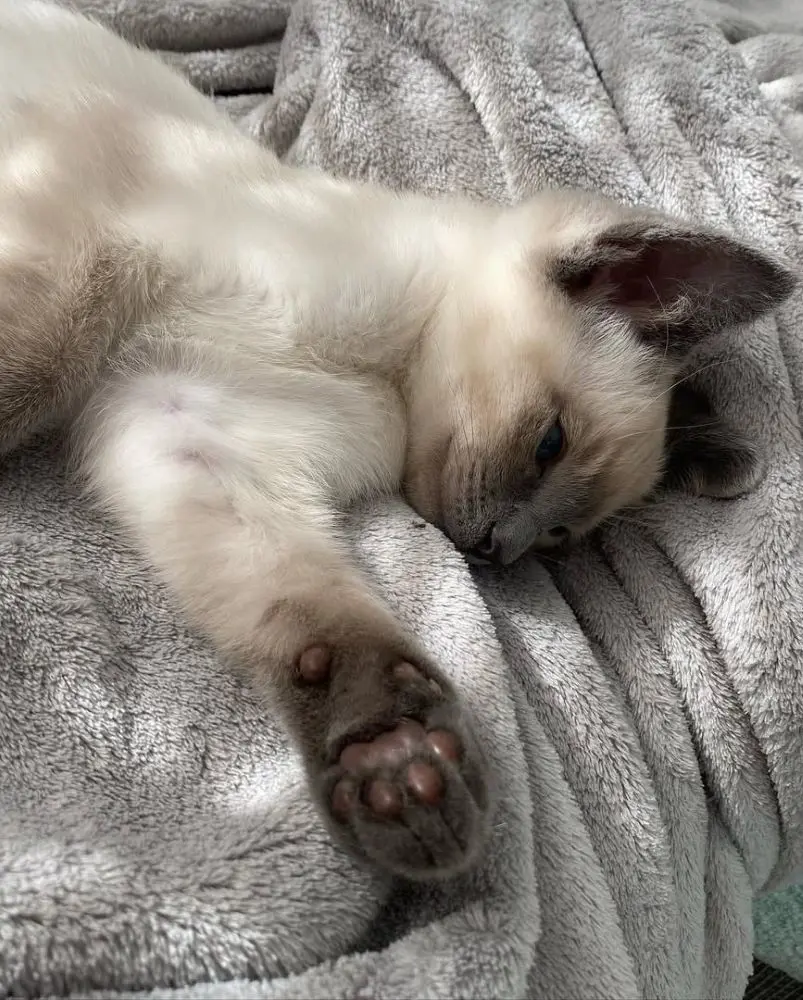
Despite appearing soft and vulnerable, cat toe beans can develop rigidity through a combination of natural adaptations and daily wear to enhance grip and durability. The outer layer of the toe pads forms a protective barrier using the thickened keratinized skin; this tough outer layer enables cats to walk, climb, and leap on a variety of surfaces without injury.
As cats walk or run, friction with the ground stimulates the production of additional keratin, gradually building a thicker layer. This process ensures the pads remain durable while still soft enough to maintain their sensitivity.
7. Healing Properties
Compared to other parts of the body, toe beans heal relatively quickly when an injury is sustained. The toe pads contain a dense network of capillaries, which deliver oxygen and nutrients essential for tissue repair.
Combined with the enhanced blood circulation, the healing process gets accelerated. Minor injuries in the toe beans, including cuts or scrapes, normally heal within a week or two under normal circumstances.
Moreover, the tissue in toe beans also contains a higher concentration of fibroblasts, the cells responsible for producing collagen and other components of connective tissue. These repair-oriented cells work tirelessly for efficient wound closure and restoration of the skin’s integrity.
8. Unique Prints
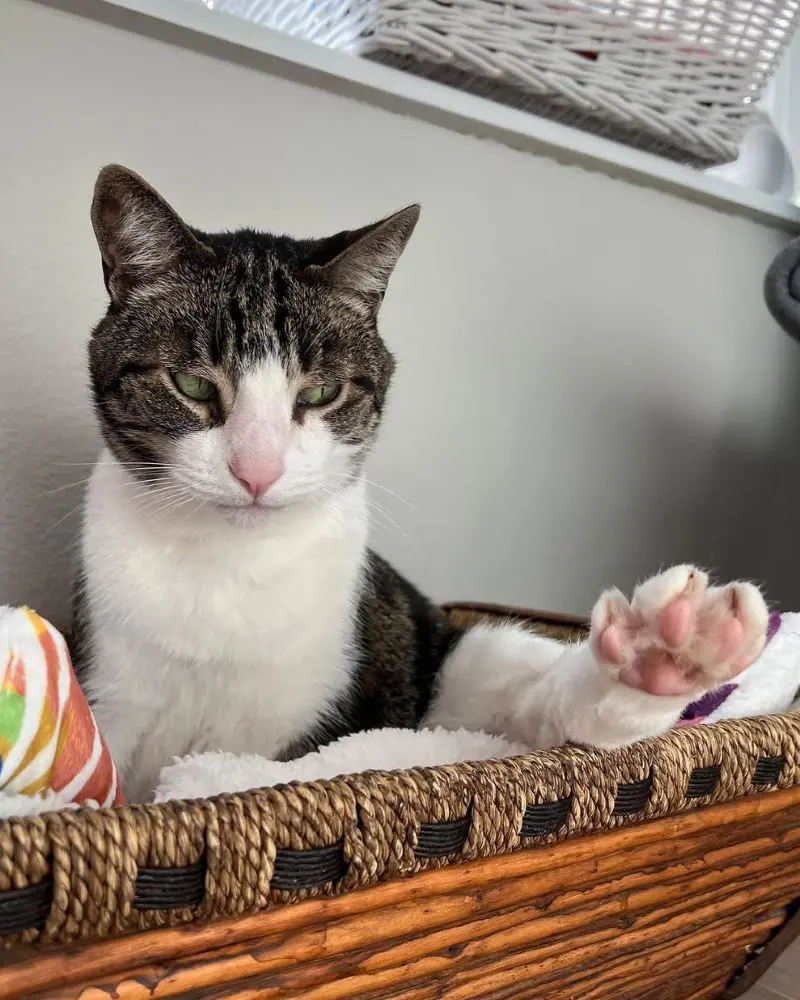
Just like human fingerprints, each toe bean has a unique pattern. The texture of these beans is influenced by genetics, activity levels, and environmental factors. While some cats may have subtle, individualized markings or patterns on their pads, these are not as distinct or consistent as human fingerprints.
The keratinized layer, formed by wear and environmental exposure, can create slight variations in surface, which may appear unique under close examination. However, these variations are not used as a reliable identification method, as they are less distinctive than features like paw prints or nose patterns.
9. Whisker-Like Sensitivity
Most cat parents are aware that whiskers are extremely sensitive and must not be trimmed or cut, no matter how long they grow. Whiskers provide them with a radar-like view of the periphery that aids in movement, especially in the dark.
On the other hand, toe beans contain numerous sensory receptors, responsible for detecting light touch, vibrations, and pressure. This sensitivity helps cats gauge surface textures, temperature changes, and even subtle vibrations; However, their sensitivity is more localized to physical contact rather than distant environmental traits.
10. Toe Bean Variation In Cats
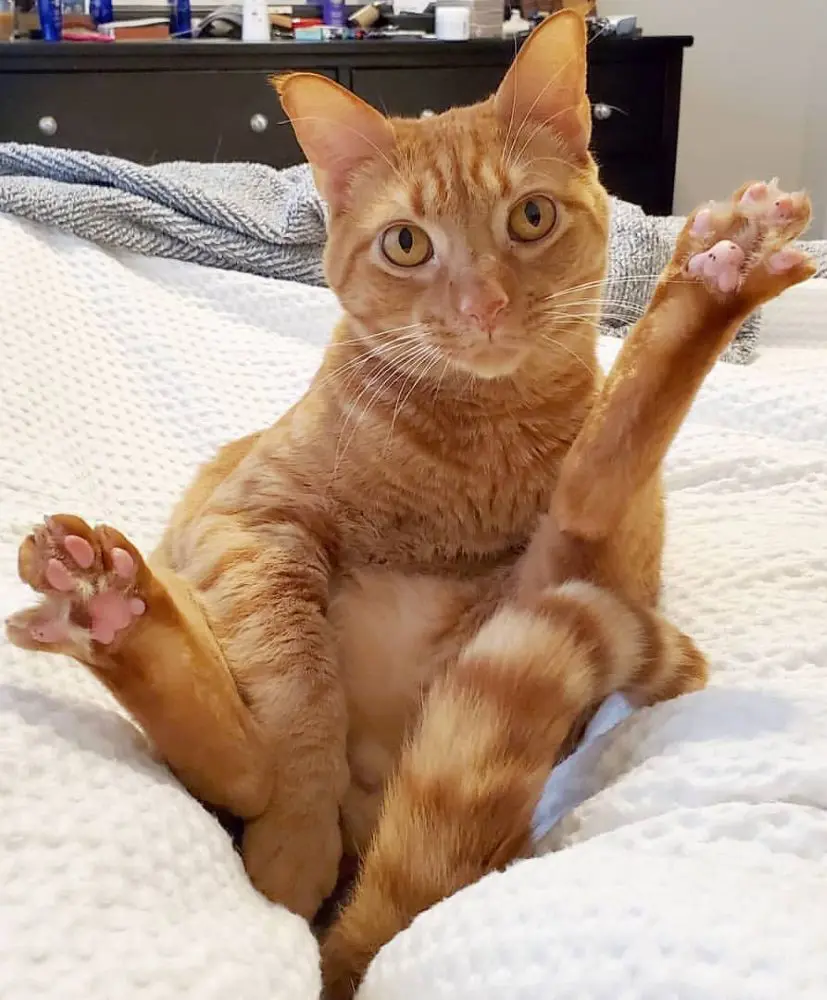
Generally, cats have four toes and four toe beans on each limb. However, this is not universally true for all cats.
For instance, polydactyl cats - felines with a genetic mutation - can have six or more toes, each toe accounting for a toe bean. Although it might seem like a rare genetic defect, cats with more than four toes are not that rare. Also, polydactyl cats are usually healthy, that can live a long and prosperous life with a good diet and care.
Cats with five or more toe beans are frequently found in port areas of countries like the US, Canada, and England; the genetic condition is more prevalent in these areas.
What Are Cat Toe Beans?
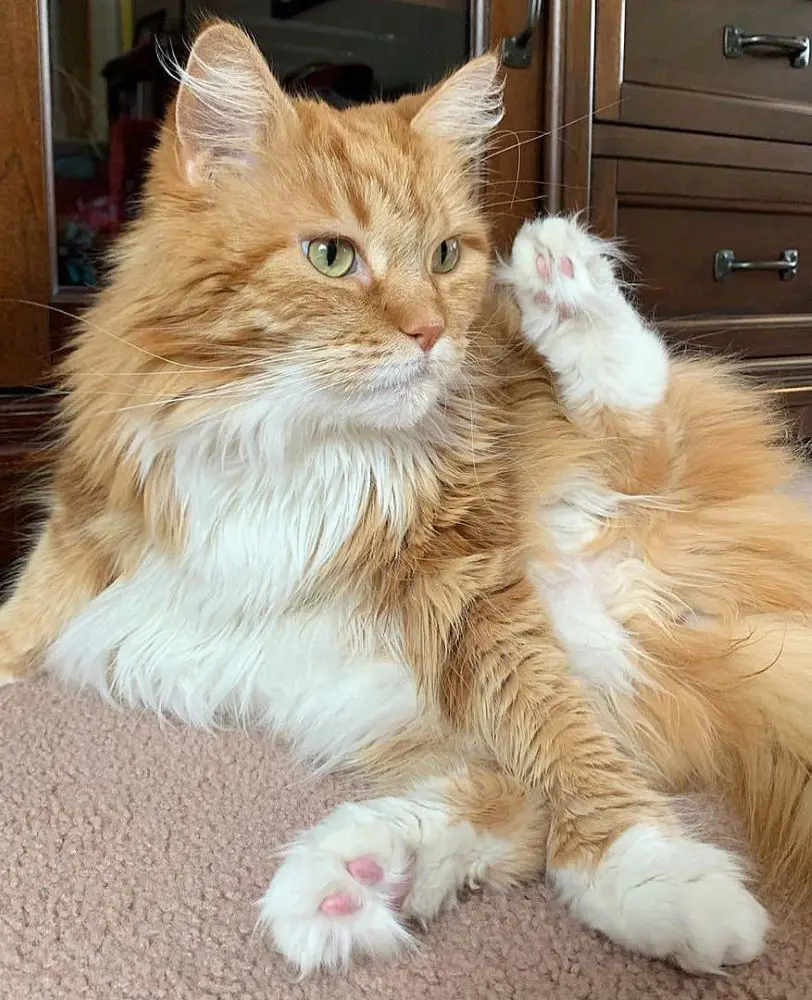
Toe beans are the cushiony pads located on the underside of a cat’s paws. Each paw typically has several toe beans, corresponding to the toes.
On average, cats usually have four toe beans on each front paw and four on each rear paw, with an additional thumb-like pad - called the carpal pad - on their front paws. This adds up to a total of 18 toe beans for most cats, though polydactyl cats can have more due to extra toes.
Made of keratinized skin, toe beans provide both durability and softness. Beneath the protective layer, fatty tissue and a dense network of blood vessels and nerve endings lie. The composition allows the pads to act as shock absorbers, assist in silent movement, and provide traction during walking or climbing.
Biologically, cats inherited their toe beans from their wild feline ancestors. But, the sensitivity of toe beans helps all felines, domestic and wild, navigate rugged terrains, stalk prey, and leap efficiently. Big cats like lions, tigers, and leopards also possess toe beans, though their pads are proportionally larger and adapted to their specific environments.
Do Cats Like When You Touch Their Toe Beans?
Generally, cats have mixed feelings about having their toe beans touched, and their reactions can vary based on how much they trust the human. Due to their dense network of nerve endings, these highly sensitive toe beans are prone to overstimulation. As a result, many cats may pull away or react defensively when their toe beans are touched unexpectedly.
For cats that are particularly trusting or relaxed, gentle handling of their paws may not bother them and can even be enjoyed if done carefully. However, this trust must be earned gradually. Cats often see their paws as vulnerable areas, and forcing contact can lead to stress or negative associations.
When grooming or checking your cat’s paws for health, it’s important to approach with care. Start by massaging the surrounding areas before lightly touching the toe beans to build trust. Always observe their body language, as some cats may tolerate it while others prefer their paws left alone.
Why Do Cats Bite Their Toe Beans?
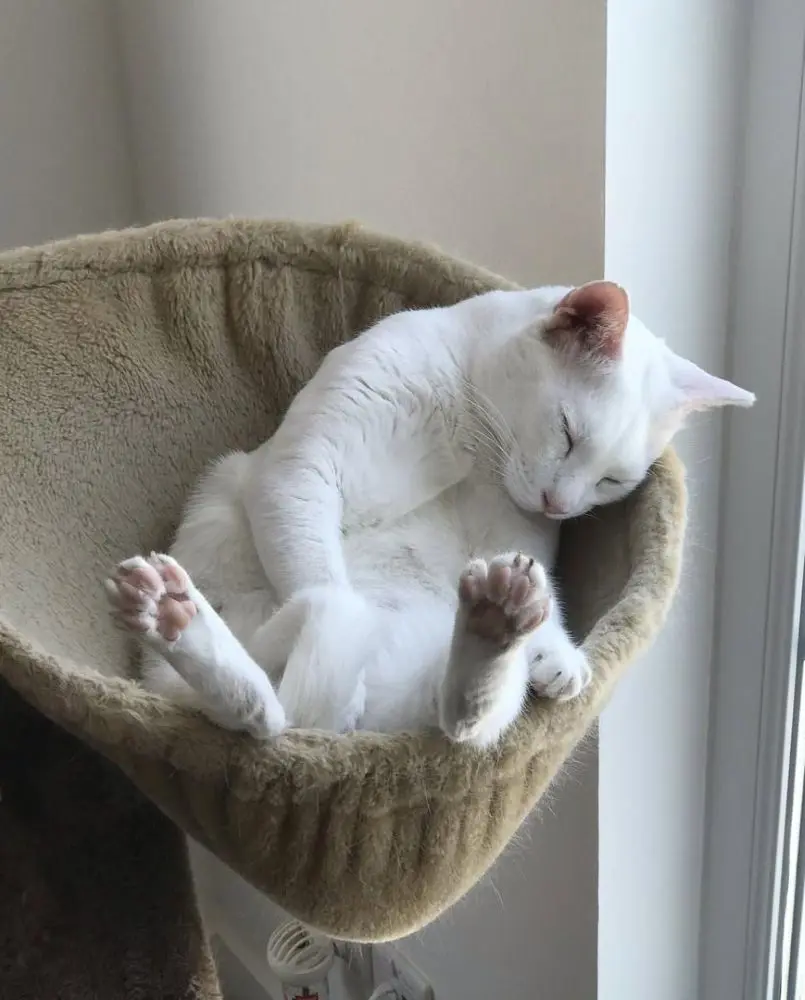
Often considered a part of their instinctual behavior, cats bites their toe beans as a grooming behavior to keep their paws clean. The grooming process normally involves using their teeth to remove dirt, litter particles, or mats around the pads.
Additionally, irritation or discomfort, particularly those caused by an injury, can trigger the behavior in cats. In these cases, the feline may bite at the affected spot in an attempt to relieve discomfort.
Similarly, stress or boredom can also lead to overgrooming, where a cat excessively bites or licks its paws, including the toe beans. This behavior often serves as a coping mechanism but can lead to skin irritation if unchecked.
Top Lists
